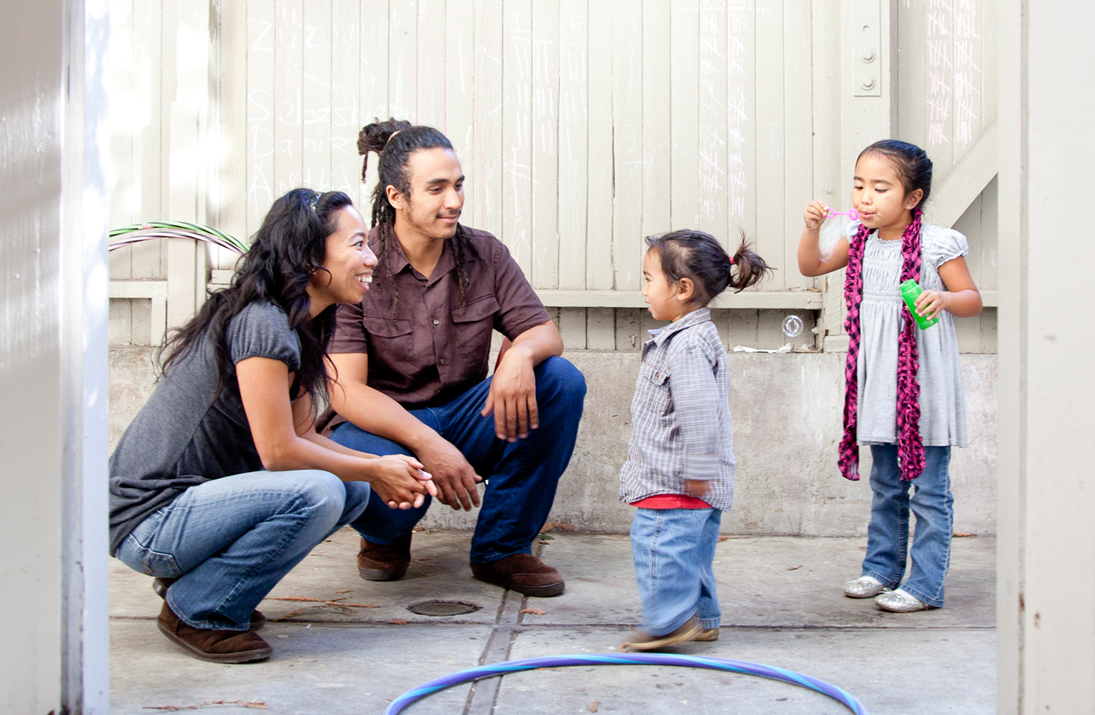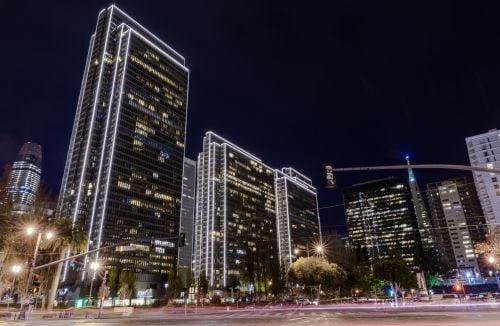The jury in the murder case against Kyle Rittenhouse broke Tuesday evening without reaching a verdict. They are set to resume deliberation at 9 a.m. CST Wednesday morning.
The city of Kenosha, Wisconsin has been on edge all day with tensions thickening out on the same streets where Rittenhouse killed two men and injured another on Aug. 25, 2020. The Kenosha Sheriff’s Department has not implemented a curfew for Tuesday night, reporting that things are relatively calm, at least for now.
“You are the true patriots, you are the true changemakers” Speeches on the steps of the Kenosha County Courthouse, as today’s jury deliberations near conclusion #Kenosha pic.twitter.com/GDfepfluJF
— Brendan Gutenschwager (@BGOnTheScene) November 17, 2021
As ordered by Gov. Tony Evers, about 500 of the state’s National Guard troops stand ready to respond if all hell breaks loose when the verdict does come in, which is a strong possibility regardless of whether Rittenhouse is found guilty or innocent.
The jury, by the way, was determined by Rittenhouse in a random selection Wednesday morning, adding to a perception of bias in a trial where victims were not permitted to be called victims and the judge acted at times as if he was retained by the defense team.
There are definitely two camps in the Rittenhouse case and they couldn’t be more diametrically opposed: One side has propped up the 18-year-old as a hero of sorts, and the other side considers him a cold-blooded murderer. There is no doubt he killed two people, a fact he admits and one that is well documented via various cellphone and surveillance videos. The question is whether he was justified in doing so.
A Kyle Rittenhouse supporter in Kenosha, Wisconsin standing near Bradford High School hoping to get a glimpse of President Trump’s motorcade. (Courtesy of Lightburst)
Neither of the men he killed — Anthony Huber, 26, and Joseph Rosenbaum, 36 — were armed. This case boils down to whether the jury believes then-17-year-old Rittenhouse, armed with an AR-15, was acting in self-defense when he fatally shot two unarmed men and wounded a third, who was carrying a pistol.
You can read our more detailed accounts of the night in question and the aftermath here, here and here.
The Rittenhouse trial highlights the issue of vigilante justice in the U.S., and that focus is only intensified with the simultaneous trial against three men in the murder of unarmed 25-year-old Ahmaud Arbery in Georgia.
But what seems to be buried in the flurry of headlines is the reason people took to the streets and, yes, set some things on fire on those August nights. Just days before Rittenhouse killed Huber and Rosenbaum, a man by the name of Jacob Blake was shot four times in the back and three more times in the side as Kenosha police attempted to detain him in response to a domestic disturbance call.
The shooting occurred in front of Blake’s young children who were seated in the vehicle officers shot toward. Blake, who was 29 years old at the time, was left paralyzed from the waist down — none of the officers involved faced charges for excessive force.
The Blake shooting happened as the nation was already experiencing a period of social unrest unseen since the late 1960s. It was George Floyd, it was Breonna Taylor, it was countless other unarmed Black people killed at the hands of police, and it was just too much. It was an explosive climate we may very well be on the verge of replicating.
As mentioned above, the Rittenhouse trial is happening at the same time that three white men in Georgia are claiming their own versions of self-defense in Arbery’s death. Captured by their own cellphone video, the three men — father and son Greg and Travis McMichael, and William “Roddie” Bryan — were seen using two trucks to chase Arbery down for about five minutes as he jogged through their neighborhood.
Travis McMichael ultimately shot Arbery at close range, striking him twice. Arbery collapsed in the street where he died, without any medical attention for several minutes. The defendants claim they believed he was the same person who had stolen property from a nearby residential construction site.
Cellphone video screenshot in death of Ahmaud Arbery on Feb. 23, 2020 in Glynn County, Georgia.
Arbery was not found to be in possession of any stolen property. In fact, he had nothing at all in his pockets — no phone, wallet or keys, as is common when someone is just out jogging 2 miles away from their own home. The prosecution team in that trial rested its case Tuesday with the defense scheduled to begin calling witnesses Wednesday.
As if those two cases aren’t enough to raise the temperature, a third high-profile, racially-charged trial is playing out at the very same time. Two dozen defendants who took part in the deadly 2017 Charlottesville, Virginia Unite the Right rally are hijacking a federal courtroom with neo-Nazi messaging as they attempt to argue their innocence in a civil case stemming from their antiSemitic torch march and the death of Heather Heyer.
Several defendants there are legally representing themselves, capitalizing on the opportunity to repeat the “14 words” and affirm their racist beliefs in the courtroom.
Verdicts in the three cases may end up staggered out, and the vitriol surrounding each may lose potency, but the colliding situations are setting up for a ripe stage where the smallest of sparks could set it all off, yet again.







